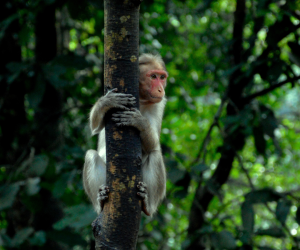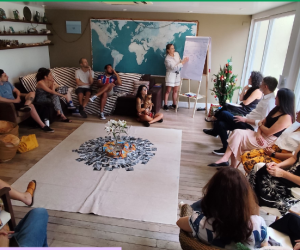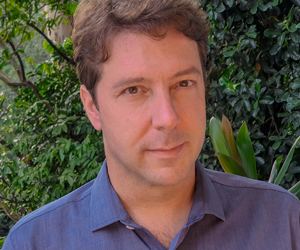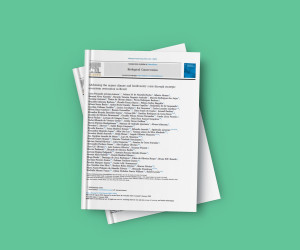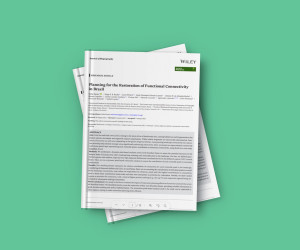News > News
18.12.13
IIS participates in event about pastures improvement in São Luiz do Paratinga
Integrated landscape management can be a good alternative for land in farming. This is the case of silvopastoral systems, theme of the “Meeting and prose on the improvement of pastures”, organized by the São Paulo Environmental Secretariat (SMA) and the Agriculture and Supply Secretariat/CATI , in São Luiz do Paratinga/SP, December 10 and 11, 2013.
“The ultimate goal was to foster the interest of farmers in the municipality of São Luis do Paratinga and technicians of the region, the implementation of production systems differentiated than what has been used in this area, and that could contribute to increasing the income of the livestock activity, both cattle and for milk production”, explains the expert in cattle ranching of the International Institute for Sustainability, Marcio Rangel, who was at the meeting.
In convergence with the proposed meeting, IIS has a consulting contract with SMA to carry out a series of actions and products, such as the construction and proposition of future scenarios, which may consider today’s most established and dominant economic activity in the Paratinga basin: livestock.
The event contract and IIS are placed in the context of Sustainable Rural Development Project, implemented by CATI, to achieve social, economic and environmental sustainability of family farming. The project aims to encourage the conservation and implementation of more sustainable production systems to improve performance in activities on the farm. In particular, it seeks the conversion of degraded pastures to more sustainable systems such as silvopastoral.
The silvopastoral systems are characterized by handling planned integration of trees, pasture and cattle in the same area at the same time, with the aim of increasing productivity.
“On one side there is integration in the landscape composition which combines forage production, with the presence of trees along the production system. On the other hand, when the presence of a significant number of trees to forage, production may be compromised”, Rangel observed.
The obstacle is the predominant coverage of grass throughout Brazil like the brachiarias, a tropical countries’ type of grass, which requires the most sunlight as possible. Forage production needs daily light incidence, making the shade of the trees a downside. However, this condition can be reversed with the type of grass in the pasture used if more resistant to shadow, for example, the tifton.
As advantages, the silvopastoral system allows native trees to remain in the environment, and the shadow provides greater comfort for the cattle.

